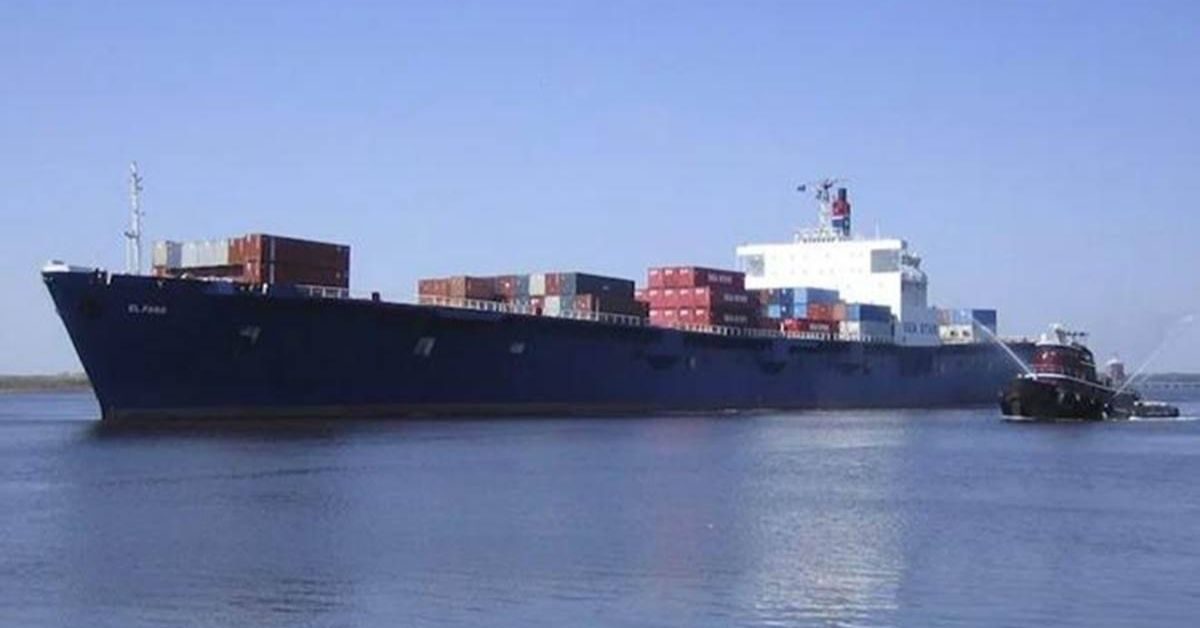Following an intense week of negotiations, the IMO has finalized interim guidelines for use of ammonia as a marine fuel. The progress was made during the 10th session of the IMO’s Subcommittee on Carriage of Cargoes and containers (CCC).
With energy transition a top priority for the shipping industry, use of alternative fuels such as ammonia is on the rise. But in order to create an international standard for bunkering of alternative fuels, CCC has been developing interim safety guidelines for vessels using hydrogen and ammonia.
With the long-awaited interim guidelines now finalized, the IMO’s Maritime Safety Committee (MSC) is set to approve the list in December. The guidelines are expected to come into force in 2025.
Notably, the guidelines are general, mainly specifying functional requirements to guide the use of ammonia. Further updates are needed reflecting actual industry experience in handling of the fuel.
Some of the important principles contained in the guidelines include measures for the storage of the fuel onboard. Ammonia fuel should be stored in a refrigerated state at atmospheric pressure. In addition, threshold levels for ammonia detection were agreed, set at 25ppm (parts per million) in enclosed spaces, 110ppm in the secondary enclosure, and 220ppm triggering alarms and shutdowns as appropriate. CCC indicated that some of its safety guideline levels could be revised in future as more information becomes available. In addition, ammonia treatment systems must be installed in vessels to mitigate catastrophic events of ammonia leakage.
Ammonia is known for its toxicity and corrosiveness, so high standards on leak detection are paramount. For context, ammonia is toxic and lethal upon a 30-minute exposure to 1600ppm.
There are positive prospects for ammonia as a future clean fuel for the shipping industry. According to Clarksons’ Green Technology Tracker, 15 orders for ammonia-ready ships were placed in the first half of this year. Further, the Singapore-based Global Centre for Maritime Decarbonization (GCMD) last week reported success in ship-to-ship transfers of ammonia at anchorage within the Port of Dampier, Australia. The bunkering pilot project involved transfers of 4,000 cubic meters (approximately 2,700 tons) of ammonia between MOL’s Green Pioneer and Navigator Gas’ Navigator Global. Each transfer process took approximately six hours.
This progress cannot come at a better time, as IMO’s Intersessional Working Group on Reduction of GHG Emissions (ISWG- GHG) starts its 17th session this week. The meeting precedes the 82th session of the Marine Environment Protection Committee (MEPC), scheduled to start on September 30. The two sessions are expected to finalize a set of proposed binding mid-term measures for GHG reduction. These include the technical element: agreeing on a global marine fuel standard regulating the phased reduction of marine fuel’s GHG intensity. The other (and most controversial) element is an agreement on economic incentives to advance the transition to net-zero operation (GHG pricing).







